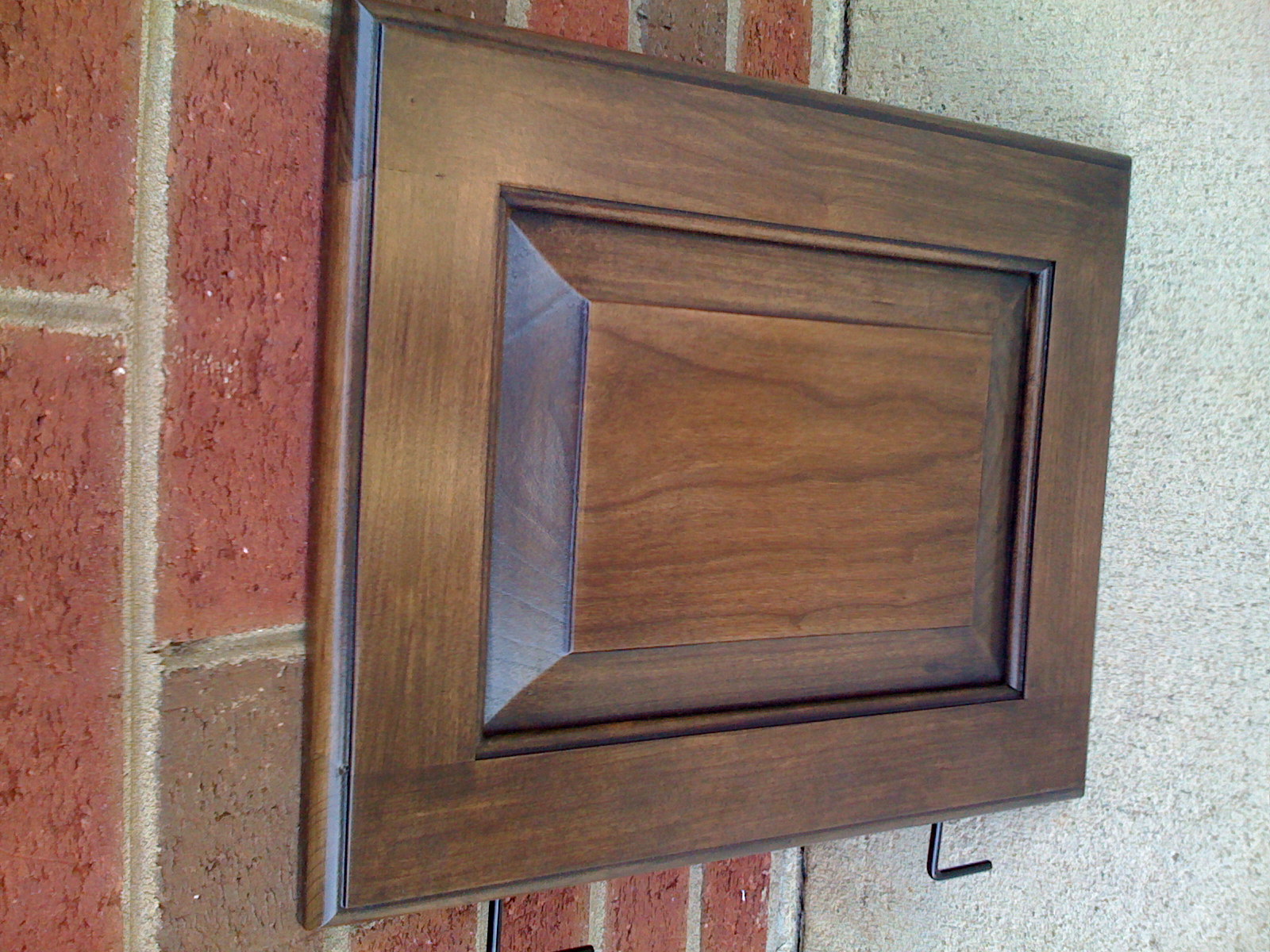Question
I'm struggling with my finishing right now. I keep trying new things and that's getting me in trouble. I'm looking for a good schedule for finishing kitchens, baths, and library cabinets. I'm building a cherry kitchen right now. I would like to use all water based products if possible. I have used oil stain then seal with sealcoat then my wb topcoats.
With all this new technology, is there a good start to finish water schedule? I have also tried transtint dyes. Should I spray the dyes and not wipe or should I spray and wipe? A full schedule that you are currently using with water would be greatly appreciated.
Forum Responses
(Finishing Forum)
From contributor B:
Most of the cherry I spray is stained to a mid tone level. I use Fuhr waterbase products now and just did a full sample line.
1.) Sand to 220
2.) Wash coat using sanding sealer (5% solids). Spray it 3-5 mils. Allow to dry 10-15 minutes.
3.) Once over with a maroon scotch.
4.) Spray Fuhr's dye stain even and slightly wet. Don't wipe. Let dry for 20 minutes.
5.) Spray another wash coat of 5% sanding sealer 3-5 mils. Allow dry 10-15 minutes.
6.) Spray wiping stain and wipe of with "rag in a box". Work the stain out and blend even with the grain. Don't squeegee it off or rub it off hard. Allow to dry 20 minutes.

360 or 365 sanding sealer for all my wash coats and seal coats.
155 spray dye stain (Driftwood) as my first stain.
165 spray and wipe (Black Walnut) as second stain.
195 spray glaze (Black) for my highlight glaze.
375 Waterborne Pre-cat Lacquer (satin) for my topcoats
Regarding the sample door photo and finish schedule – it’s way too complicated for anything outside of a small project. We just finished a kitchen this week with solvent based finishes. This is only six steps and most likely more durable than waterbased topcoats.
1. Sand 120- you can sand plywood to 150 if your concerned about hardwood and plywood exactly matching.
2. Wipe on Gemini stain - wipe off 1 min. No blotching. Work sample boards to find stains that are easy to apply.
3. Seal - SW CV.
4. Sand 220.
5. Wipe on Van Dyke Brown glaze-wipe off 1 min.
6. Heavy topcoat SW CV.
Sand to 220 wood 320 ply.
Dye stain.
By the way the door sample and process used in the image was for a 64K kitchen in The Country Club of the South outside Atlanta, GA - not too small.
I then spent three days spraying samples on 3x6 cherry and maple blocks. This gave a great indication as to what dye stain/wipestain/glaze combinations looked and worked best. Very time consuming but a great help in achieving a baseline for selecting a stain color product line. I highly recommend doing this.
I cut the spray glaze about 10% to make it last a little longer when doing the samples (pint). However, I didn’t need to when production started.